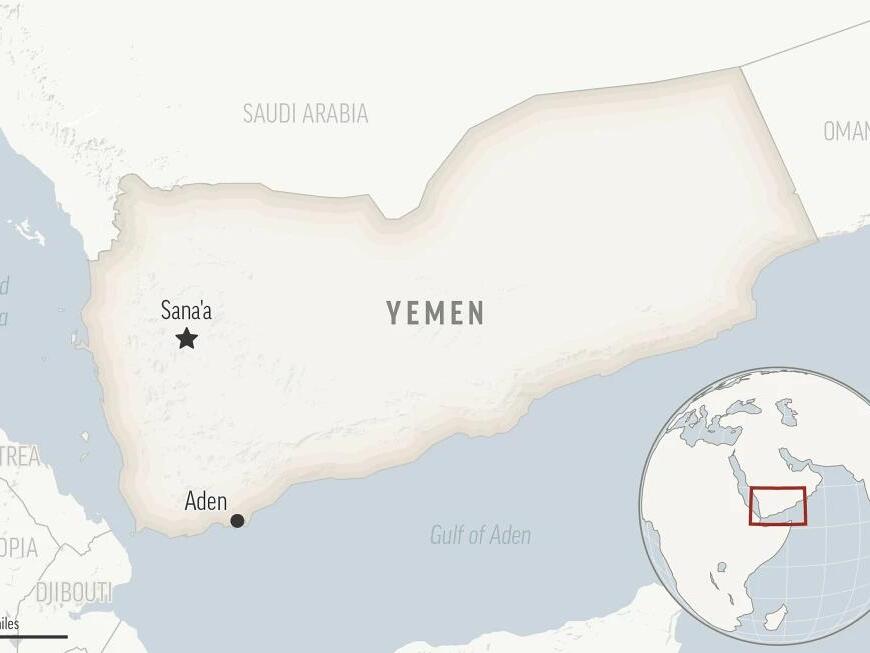Physical Address
304 North Cardinal St.
Dorchester Center, MA 02124
Physical Address
304 North Cardinal St.
Dorchester Center, MA 02124

On Sunday, Yemen’s Houthi rebels asserted that they shot down an American-made MQ-9 drone in the skies above their territory. This incident could represent the latest in a series of downed surveillance drones, raising tensions in the region. In response, the U.S. conducted airstrikes on areas controlled by the Houthis, according to reports from the rebels.
The U.S. military had yet to provide a response to the Houthi claim at the time of reporting. Unlike previous claims where the Houthis presented visual evidence, they did not provide any pictures or videos this time, although such propaganda material may surface days later.
Historically, the Houthis have successfully targeted General Atomics MQ-9 Reaper drones multiple times since they took control of Yemen’s capital, Sanaa, in 2014. The frequency of these attacks has particularly escalated since the onset of the Israel-Hamas conflict, coinciding with the Houthis’ renewed efforts to target maritime shipping in the Red Sea corridor.
Brig. Gen. Yahya Saree, the Houthi military spokesperson, claimed in a pre-recorded message that the drone was shot down over Marib province, which has long been a flashpoint in the conflict. This area is critical due to its substantial oil and gas reserves and has been contested by forces aligned with a Saudi-led coalition since 2015.
While details of the drone’s downing were not disclosed by Saree, the Houthis have been known to utilize surface-to-air missiles, specifically ones supplied by Iran, such as the 358 system. Iran, while consistently denying it provides arms to the Houthis, faces scrutiny as weapons manufactured in Tehran have been discovered in Yemen, despite an ongoing United Nations arms embargo.
Saree characterized the Houthis’ actions as part of their commitment to support the Palestinian cause and protect Yemen. He framed their military efforts as “jihadist duties” that reinforce their ideological stance.
The MQ-9 Reaper drones carry a hefty price tag of approximately $30 million each. These high-altitude, long-endurance aircraft can soar up to 50,000 feet and remain airborne for 24 hours. Both the U.S. military and the CIA have deployed these drones in the region for extended periods.
Following the drone incident, the Houthi-controlled al-Masirah satellite news channel reported on multiple U.S.-led airstrikes occurring near the city of Ibb. While the U.S. military did not confirm the strikes, they have been actively targeting Houthi positions since January, with an uptick in operations noted.
Since the outbreak of the Gaza war in October, the Houthis have launched attacks on over 80 merchant vessels using missiles and drones. They have claimed responsibility for seizing one vessel and sinking two, resulting in the loss of four sailors’ lives. Numerous attacks were either thwarted by a U.S.-led coalition patrolling the Red Sea or resulted in the projectiles failing to reach their intended targets, which have included Western naval ships.
The Houthis argue that these maritime assaults specifically target vessels connected to Israel, the U.S., or the U.K., aiming to pressure an end to Israel’s military campaign against Hamas in Gaza. However, the reality often diverges, as many attacked vessels have had little or no direct involvement in the conflict, including those sailing towards Iran.
An example of these tensions is the recent attack on the Greek-flagged oil tanker Sounion in the Red Sea. Efforts to salvage the tanker were recently abandoned, leaving it damaged and its cargo of 1 million barrels of oil vulnerable to leaks into the sea.
Source: AP



